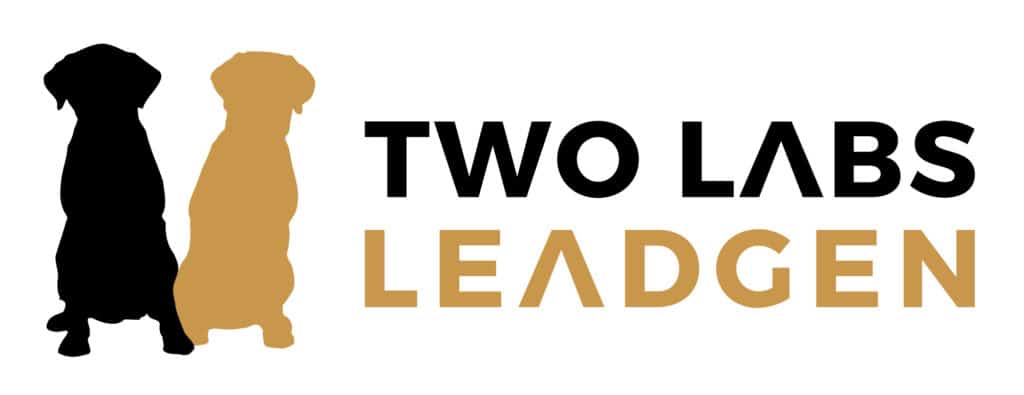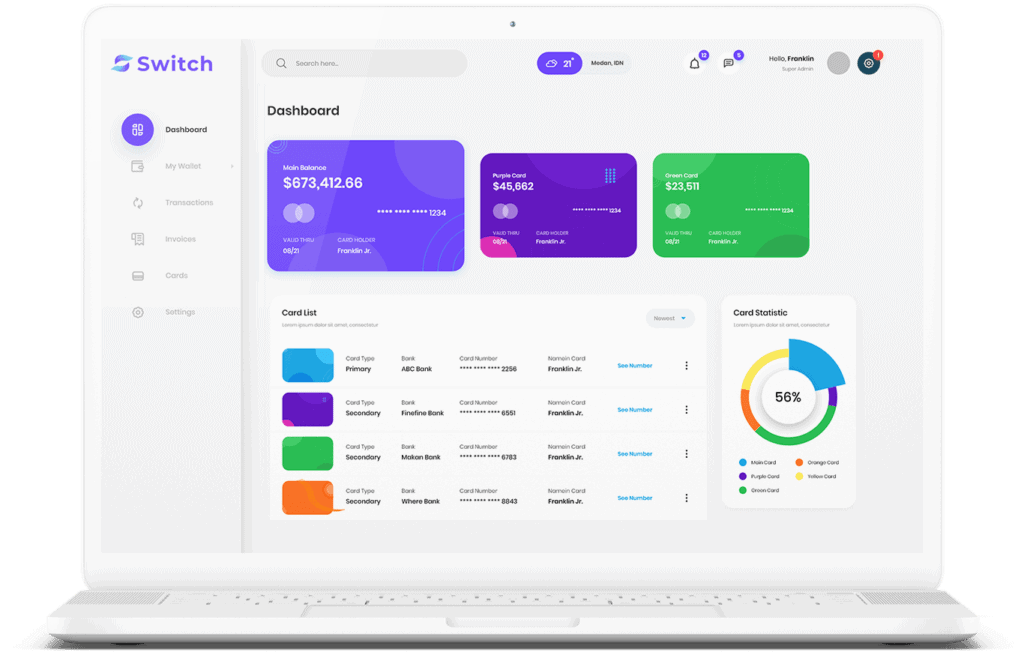Definition and Characteristics of Algorithms
– An algorithm is a finite sequence of rigorous instructions used to solve specific problems or perform computations.
– Algorithms start from an initial state and input and produce output and terminate at a final state.
– Transition from one state to the next is not necessarily deterministic.
– Algorithms can be expressed within a finite amount of space and time.
– Algorithms are written in a well-defined formal language.
– Algorithms can be classified into high-level descriptions, implementation descriptions, and formal descriptions.
– Algorithm design involves problem-solving and engineering algorithms using mathematical processes.
– Good algorithms exhibit simplicity, elegance, adaptability, and efficiency.
– Multiple algorithms can compute the same function.
Ancient Algorithms and Al-Khwārizmī
– Step-by-step procedures for solving mathematical problems have been used since antiquity.
– Babylonian, Egyptian, Indian, Greek, and Arabic civilizations had mathematical algorithms.
– The Ifa Oracle, sieve of Eratosthenes, and cryptographic algorithms are examples of ancient algorithms.
– In 825, Muḥammad ibn Mūsā al-Khwārizmī wrote books on Indian computation and arithmetic.
– Al-Khwarizmi’s work influenced the development of algorithms in Europe.
– The term ‘algorithm’ evolved in English and was attested in the 13th century.
Machine Usage of Algorithms
– In 1928, formalizations of algorithms began with attempts to solve the Entscheidungsproblem.
– Formalizations included recursive functions, lambda calculus, and Turing machines.
– Algorithms are fundamental to the field of computer science.
– Ada Lovelace’s diagram is the first published computer algorithm.
Expressing Algorithms
– Algorithms can be expressed in various notations, such as natural languages, pseudocode, flowcharts, and programming languages.
– Natural language expressions of algorithms are often verbose and ambiguous.
– Pseudocode, flowcharts, and control tables provide structured ways to express algorithms.
– Programming languages are primarily used to express algorithms for execution by computers.
– Different representations of algorithms exist, including machine tables, flowcharts, drakon-charts, and quadruples.
Simulation of Algorithms and Models of Computation
– To simulate or execute an algorithm, it must be translated into a language that the computer can effectively execute.
– The choice of a model for simulation is arbitrary.
– Structured programming and canonical structures aid in designing and implementing algorithms.
– A flowchart is a graphical aid used to describe and document an algorithm.
– Euclid’s algorithm and Nicomachus algorithm are examples of specific algorithms.
– Euclid’s algorithm can be executed using logical tests, unconditional GOTO, assignment, and subtraction.
– Inelegant and elegant programs are different versions of Euclid’s algorithm with varying steps and efficiency. Source: https://en.wikipedia.org/wiki/Algorithm


